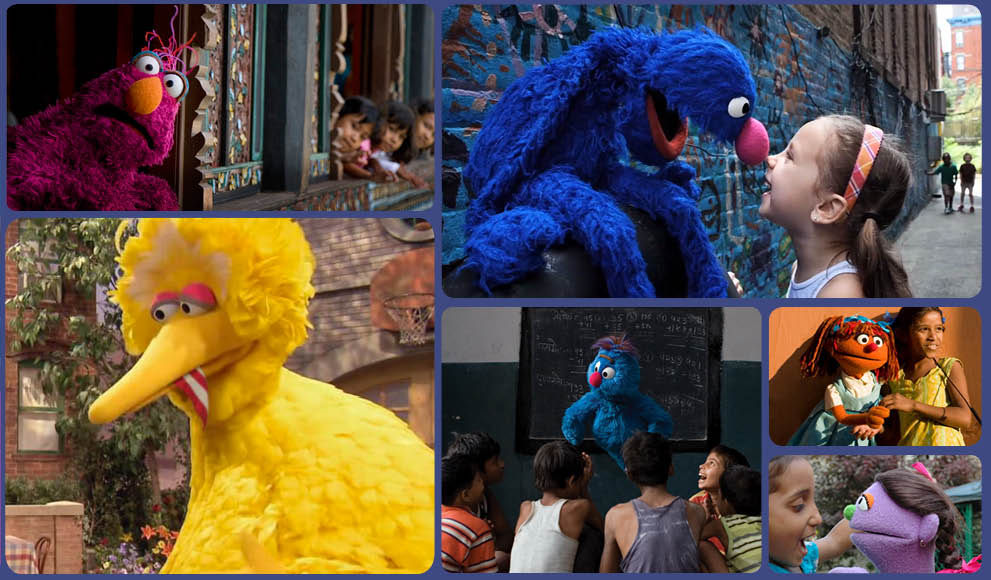Study Co-Authored by Wellesley Professor Shows Watching Sesame Street Improves School Readiness

When Sesame Street first aired in 1969, five million children watched a typical episode—a number, according to Wellesley’s Phillip B. Levine, that is the “preschool equivalent of a Super Bowl every day”—and those children did better in school as a result. New research by Levine, the Katharine Coman and A. Barton Hepburn Professor of Economics, and University of Maryland economist Melissa Kearney, calls the show “one of the largest early childhood interventions ever to take place.”
The study, “Early Childhood Education by MOOC: Lessons from Sesame Street,” published today by the National Bureau of Economic Research, found that children who had greater access to Sesame Street in the show’s early years did better in school. The impacts were particularly evident for boys, black children, and children living in economically disadvantaged area and the benefits remained throughout elementary school.
Levine and Kearney studied differences in access to television resulting from available television technologies in the 1960’s when some stations broadcast on UHF channels and others on VHF channels. UHF broadcasts were weaker, limiting access to the show in certain areas.
“Children who were preschool age in 1969 and who lived in areas with greater Sesame Street coverage were significantly more likely to be at the grade level appropriate for their age through school,” said the authors. “Living in a location with strong reception instead of weak reception reduced the likelihood of being left behind by 16 percent for boys and 13.7 percent for black, non-Hispanic children.”
According to Levine, “It is remarkable that a single intervention consisting of watching a television show for an hour a day in preschool can have such a substantial effect helping kids advance through school.” He also notes that millions of children watched a typical episode back then, making this a very cost effective approach. “Our analysis suggests that Sesame Street may be the biggest, most affordable early childhood intervention out there, at a cost of just a few dollars per child per year, with benefits that can last several years.”
Kearney adds, “With so much emphasis on early childhood interventions these days, it is quite encouraging to find that something so readily accessible and inexpensive as Sesame Street has the potential to have such a positive impact on children’s school performance, in particular for children from economically disadvantaged communities. These findings raise the exciting possibility that TV and electronic media more generally can be leveraged to address income and racial gaps in children’s school readiness.”
Dr. Jennifer Kotler Clarke, Vice President, Research and Evaluation, Sesame Workshop, said “Since our founding, Sesame Street has revolutionized early learning by using media to make educational opportunities accessible, helping children grow smarter, stronger and kinder. Drs. Kearney & Levine’s research reaffirms the intention Joan Ganz Cooney and the team that created Sesame Street set out to accomplish. We are thrilled to see the positive effects of Sesame Street as a population-based intervention – especially for those less privileged.”
Read the study, Early Childhood Education by MOOC: Lessons from Sesame Street.
